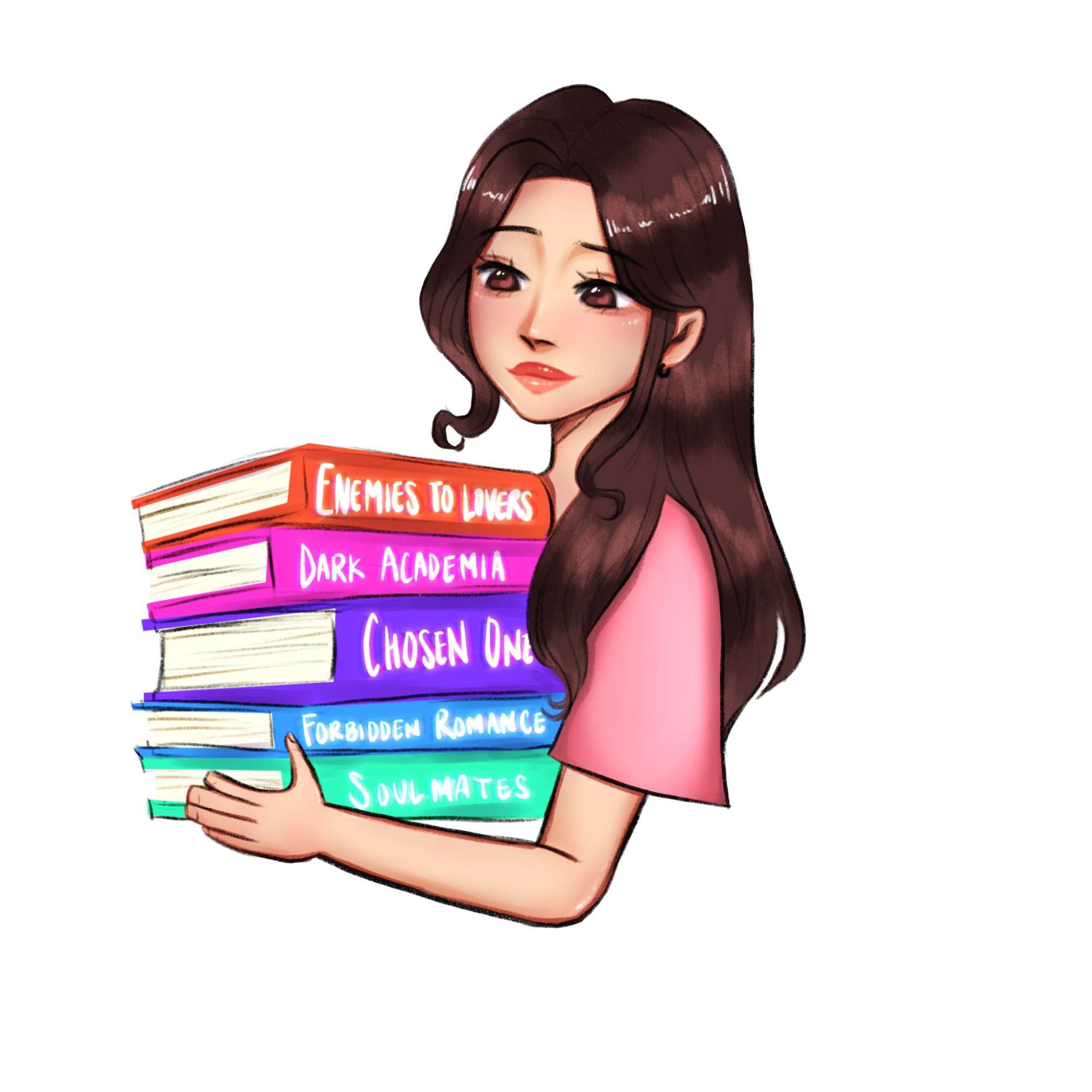I remember my first encounter with books as a child, how my wide eyes drank in the sight of the ivory paper. I remember the nightly ritual of bedtime stories and the anticipation that stirred in my heart as I eagerly scanned the jet-black ink printed across the thick pages. Mysterious princes, talking dragons, magical schools — these concepts seemed so much more thrilling to my younger self than the revolving door of popular tropes in Young Adult books today.
But now, strolling through the young adult section of Barnes & Nobles, every cover and description seems to blur together: “enemies-to-lovers,” “chosen-one,” “morally gray character with a dark past.” As I disinterestedly flip through the pages of one book, I start to wonder if the adventure in books has become a giant game of “can-you-find-the-trope.”
Tropification refers to a marketing practice that relies on common tropes or clichés to categorize books and make them more appealing to the target audience. Authors can advertise their books using token tropes like “enemies-to-lovers” and “dark academia” to draw in and appeal to groups of readers with specific tastes.
With the exponential growth of online book communities like “BookTok” on TikTok and “Bookstagram” on Instagram, this tropification, especially in the fantasy genre, has become a prominent trend. Many bookstores, including Barnes & Nobles, have adopted new marketing strategies inspired by these popular platforms, such as curating recommendations for their customers by grouping books that incorporate similar tropes.
To clarify, having popular tropes in books is not inherently bad — sometimes, I even welcome them. When my brain is overloaded with schoolwork and the chaos of reality, I prefer reading a straightforward book where I know what type of plot and characters I’m getting — it’s comforting in a sense, when the real world is filled with unknowns.
A “good” book doesn’t need to be defined by intricate, world-building, complex mysteries or clever red herrings. There’s no shame in having a simplistic plot, and I think it’s great that the online book community has grown so large that you can easily find a book that checks off all your boxes and narrows down your To-Be-Read list with a quick Google search.
However, since the recent surge in book reading after the pandemic, I’ve noticed that many new releases don’t make me feel the same way books in the past did. With BookTok’s growing population and the rise in popularity of books like “A Court of Thorns and Roses,” “Fourth Wing,” “Red Queen,” “Powerless” and the “Twisted” series, many authors have caught on to what hooks readers: a feisty and headstrong but also somehow easily manipulated female protagonist and a tan, dark-haired racially ambiguous (but still white) male love interest with a tragic past and brooding personality, but who changes “just for her.”
While popular cliché tropes can entice readers and help grow an audience, centering the entire plot around them makes the story predictable and shallow. It can feel like the author is using the trope as a crutch to carry their story, when instead, it should be the author who is shaping the storyline. There’s a difference between incorporating tropes in a book and allowing them to drive the plot.
Popular, classic storylines don’t have to be synonymous with flat, repetitive characters and predictable twists. When a book is defined solely by clichés and token phrases, it essentially becomes a watered-down version of the successful books that came before it. The intrigue, mystery and unique connection to the characters vanish because they are all born from the same cookie-cutter mold as countless other books — just with different names and slightly altered settings.
It also feels as though BookTok has an unreasonable bias against any male leads that don’t fit the “dark, broody, shadowy man who would kill for his woman” aesthetic. While some may argue that this is BookTok promoting diversity, it often just cherry-picks the “likable” or “trendy” traits associated with people of color, rather than embracing genuine diversity — especially when the authors hadn’t intended characters to be a racial minority. And if there are any characters of color, they’re often sidelined, serving as plot points to further the white main character’s journey than as central figures in their own right.
Most famous works of literature have taken inspiration from previous works, but the tropifying of books only seems to reuse trends, rather than contributing anything unique. While drawing inspiration from previously successful books can be a good thing, I encourage authors and writers to also push beyond the clichés and write the books that keep us guessing, feeling and falling in love with the unexpected while also broadening our taste in good genres.


